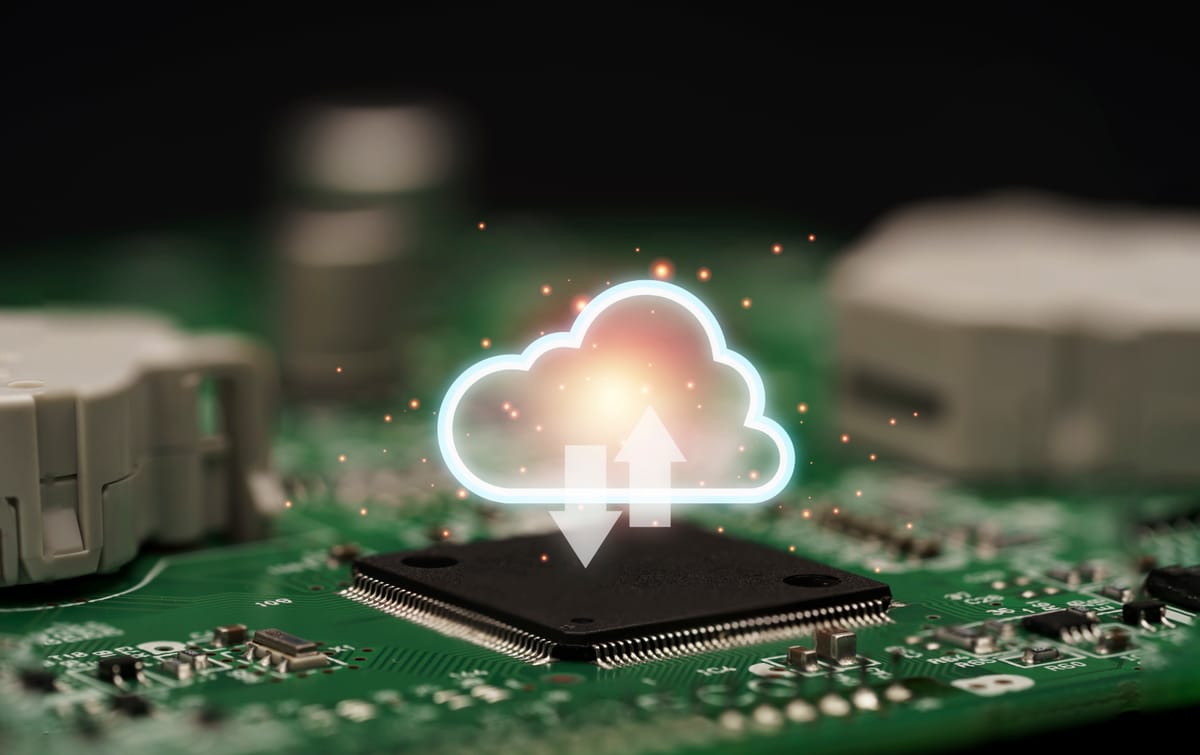The power-hungry future of U.S. digital infrastructure

The power-hungry future of U.S. digital infrastructure
Not long ago, a “digital product” was mostly just software. Clean. Invisible. Intangible. But today, our digital lives are deeply physical and deeply energy-dependent. From the moment you tap an app to when a chatbot answers your query or a movie starts buffering in 4K, a chain of powerful computers, data centers, and fiber networks roar into action. What we experience in milliseconds is powered by infrastructure that consumes vast amounts of electricity, and that demand is quietly exploding behind the scenes.
By 2030, data centers in the United States are projected to consume 606 terawatt-hours of energy each year, equivalent to 12% of the country’s total electricity usage, according to research by Market Mosaic. To put it into perspective, that’s enough power to run 57 million homes annually. Today, data centers account for just 3% of national consumption, making this forecast nothing short of a fourfold surge within a decade. No longer a back-office concern, energy infrastructure is now central to digital business strategy
The digital behaviors fueling the demand
This dramatic increase is driven by what might feel like everyday convenience: instant cloud gaming, AI-curated recommendations, sub-second search results, real-time collaboration, and constant streaming. Consumers have come to expect immediacy, personalization, and always-on responsiveness and businesses are racing to meet them. Meeting that level of digital performance demands infrastructure that’s rapidly outgrowing the capabilities of traditional energy systems.
The cost of keeping up
The numbers are striking, but the implications are even more so. Supporting this data-hungry future will demand over $500 billion in energy infrastructure investment across the United States. This goes beyond simply adding more data centers, it requires a fundamental reimagining of the U.S. power grid. The future of tech now depends on scalable access to clean energy, efficient cooling technologies, and smarter grid systems capable of handling the load. In short, digital transformation can no longer be separated from energy transformation.
What rising energy demand means for businesses
For business leaders, this shift introduces a series of strategic questions. As operating costs rise due to power demand, what happens to digital product pricing? Will cloud storage, API usage, and SaaS subscriptions become more expensive? Will new cost structures emerge based on compute usage or environmental impact? The answers are already beginning to unfold. Industry insiders anticipate that rising energy costs will be passed downstream embedded in subscription fees, tiered service models, or latency-based pricing.
The tech stack decisions companies make today, especially around infrastructure will directly shape their cost structures tomorrow. Founders and CEOs can no longer afford to treat power usage as an externality or a backend detail. Where your data lives, how it’s processed, and how efficiently it runs may soon determine your margins and your sustainability credibility.
The opportunity inside the challenge
And for startups, the opportunity is as big as the challenge. The demand for low-energy, high-performance computing is creating new markets for green infrastructure providers, modular data centers, and AI-optimized resource management tools. Investing in energy-aware infrastructure choices today may not only reduce costs over time, it could become a competitive advantage as customers and investors scrutinize ESG commitments with increasing rigor.
A digital future built on electricity
Ultimately, this isn’t just a story about energy or tech. It’s about how the invisible architecture behind our digital lives is becoming one of the most visible business levers of the next decade. Just as we once treated the internet as a limitless space, we now realize that every click, search, and stream has a cost, one that is measured not just in dollars, but in megawatts.
The companies that thrive in this new era will be those that understand the real cost of digital scale and build with resilience, efficiency, and energy foresight from the start. Because the future won’t just be streamed, it will be powered.





